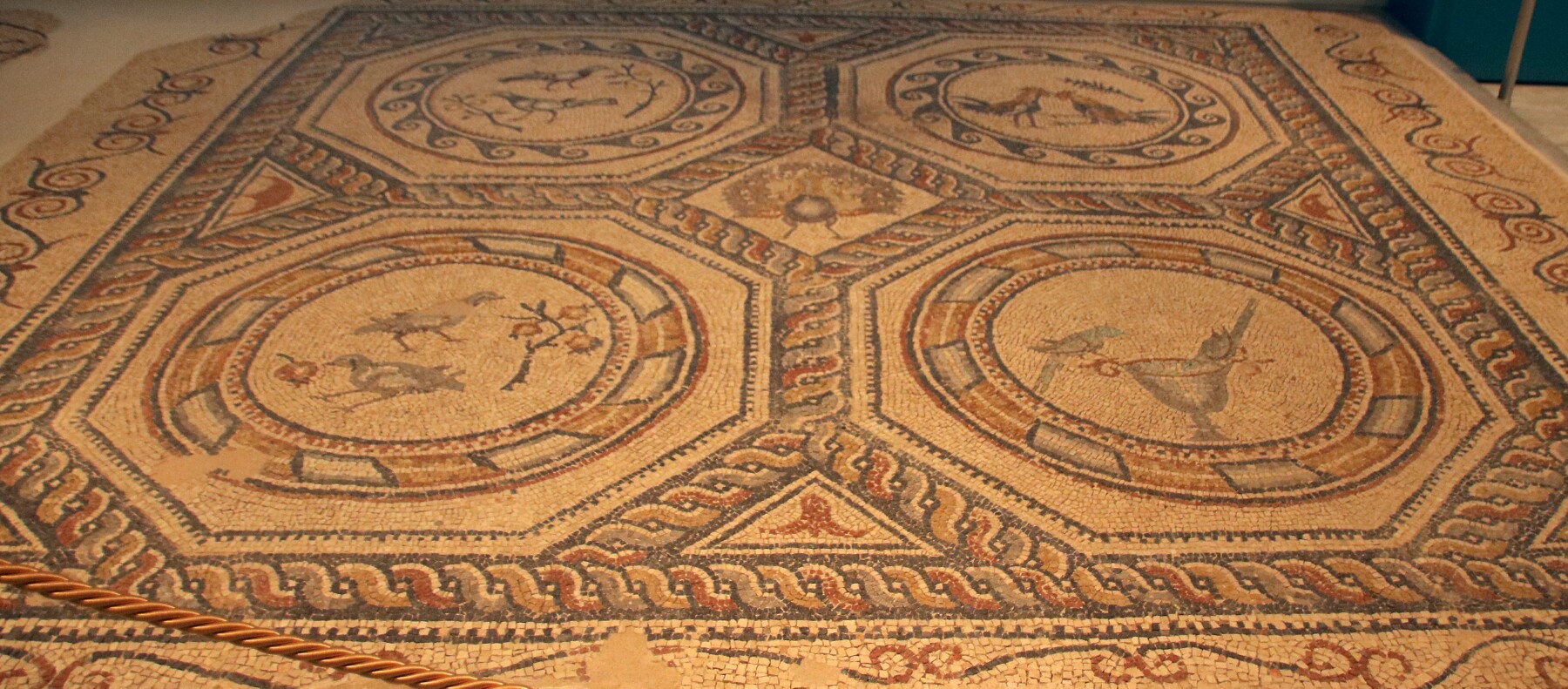
Above: From the Heraklion Archaeological Museum, Minoan tile floor, 1400-1300 BC.
|
|
1 and 2 are fragments of the Tripartite Shrine fresco featuring females wearing long flowing skirts and short-sleeved bodices, Knossos Palace, 1600-1450 BC.
3 is the Prince of the Lilies fresco from Knossos Palace, 1600-1450 BC. He was the "Priest-King", the personification of religious and secular authority.
4 is the High Relief Griffin fresco, located in the East Hall of the Palace of Knossos near the Grand Staircase, 1600-1450 BC.
5 is a funery bronze statue of a young man in a mantle, sorrow in his face due to his premature death, from Lerapetra, 1st century BC.
6 is a grave stele featuring the deceased in tunic and a cloak resting on a chair, from Lasaia, 4th-3rd century BC.
7 is part of grave stele using the Cretan alphabet, from Chersonissos-Koutouloufari, around 525 BC.
8 is a clay figurine of Athena Promachos, the goddess of wisdom and war (those two things go together????), from Gortyna around the 7th century BC.
9 shows armour of the Corinthian type, from the Axos Sanctuary, 7th century BC.
10 is an archaic pithoi, one of several large storage vessels from various sites in central Crete, 7th-6th century BC.
11 is one of two limestone eagle and falcon sculptures from the sanctuary of Zeus Thenatus at Amnisos, 6th century BC.
|
|